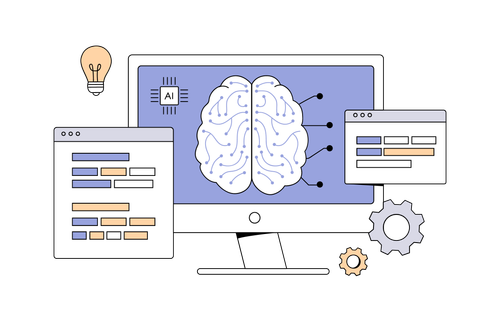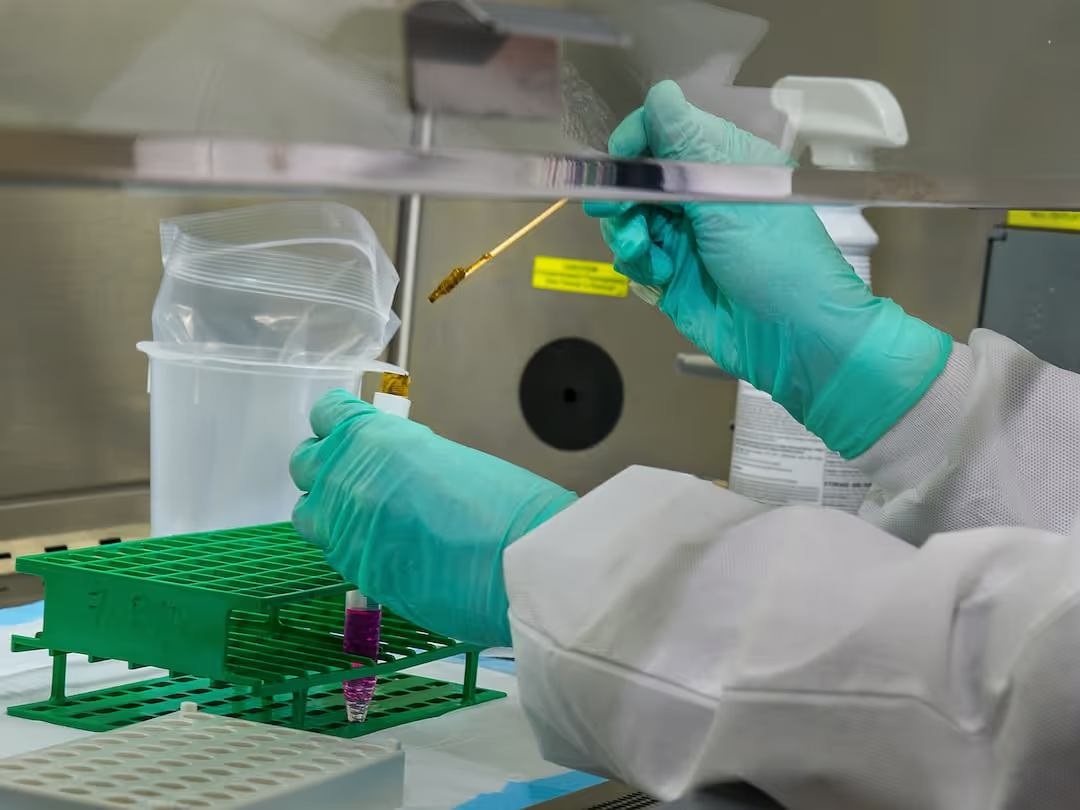
Top Market Intelligence Platforms for Different Business Functions in 2026


How to use research and development R&D for your next project?
Research and Development (R&D) is an essential part of any successful business. It involves the exploration, testing, and implementation of new ideas to create products or services that can be used by customers.
R&D teams are responsible for creating innovative solutions to meet customer needs while staying ahead of the competition in a rapidly changing market landscape. However, managing R&D projects can present several challenges such as limited resources, data integration issues across multiple systems, and difficulty tracking progress over time.
To help address these obstacles, research platforms like Cypris provide centralized access to data sources for efficient project management. In this blog post, we’ll discuss how to use research and development R&D and share tips on developing effective strategies for success!
Table of Contents
What is Research and Development R&D?
Types of R&D
How to Develop an Effective R&D Strategy
Identifying Goals and Objectives
Assessing Resources and Capabilities
The Role of Technology in R&D Processes
Automation of Processes and Data Collection/Analysis
Leveraging AI for Predictive Insights
Enhancing Collaboration with Cloud-Based Solutions
How to Use Research and Development R&D With The Help of Cypris
Centralized Data Source in One Platform
Streamline the Research Process
Research and development involve studying existing technologies and practices in order to identify areas for improvement or development. R&D activities can range from basic scientific research to product design and development.
R&D is an umbrella term that encompasses all types of activities related to developing new products, services, or processes. It includes both theoretical research as well as practical experimentation with materials and methods in order to create something novel or improved upon what already exists. The goal of R&D is typically either commercialization or advancement of knowledge within a particular field.
There are several different types of R&D activities that organizations may pursue, depending on their goals and objectives.

(Source)
How to use research and development R&D for your company?
The primary benefit associated with investing in research and development is the potential for increased profits through innovation. Companies can gain a competitive edge in the marketplace by developing better products than competitors, while also improving their bottom line performance due to higher sales volumes.
Additionally, organizations may be able to increase efficiency levels across various departments due to technological advancements made possible through R&D.
Finally, engaging in ongoing research helps businesses stay ahead of industry trends so they can anticipate changes before they occur rather than reacting after it is too late.
Key Takeaway: R&D is a key factor in driving innovation and creating new products, services, and solutions. By understanding the different types of R&D and their benefits, organizations can effectively utilize their resources to maximize success.
Developing an effective R&D strategy is essential for any organization that wants to remain competitive in its industry. It involves identifying goals and objectives, assessing resources and capabilities, setting priorities, and allocating resources accordingly.
The first step in developing a successful R&D strategy is to identify the desired outcomes of the research process. This includes defining specific goals such as improving existing products or services, creating new ones, or expanding into new markets. Once these goals are established, it’s important to create measurable objectives that will help track progress toward achieving them.
After establishing clear goals and objectives for your R&D team, it’s time to assess what resources you have available at your disposal. This includes both financial investments as well as personnel with specialized skillsets needed for success in each project area.
Knowing what you can realistically achieve with the given resources allows teams to set realistic expectations from the outset which can save time when unexpected roadblocks arise during development cycles.
Setting priorities and allocating resources is essential when there are limited budgets and finite personnel capacities. It is important to prioritize projects based on their potential impact on business operations, while also considering resource availability within each project area. This helps teams stay focused on key initiatives without spreading themselves too thin across multiple projects.
Developing an effective R&D strategy requires careful consideration of goals, resources, and capabilities. By setting priorities and allocating resources accordingly, teams can maximize the effectiveness of their research efforts to drive innovation.
R&D isn’t rocket science! With the right strategy, resources, and priorities in place, you can take your innovation game to the next level. #ResearchAndDevelopment #Innovation Click To Tweet
Technology has become an integral part of the research and development process. Automation of processes and data collection/analysis, leveraging AI for predictive insights, and enhancing collaboration with cloud-based solutions are all ways that technology can help R&D teams work more efficiently.
Automating processes such as testing or data analysis helps to streamline the R&D process by reducing manual labor. This automation also allows for faster data collection from experiments which can then be used to make informed decisions about product design or development.
Additionally, automated systems can provide real-time feedback on results which is essential in a rapidly changing environment where quick decisions need to be made.
Artificial intelligence (AI) technologies have been used in many industries including R&D to gain insights into trends or patterns that may not be visible through traditional methods. For example, machine learning algorithms can analyze large datasets quickly and accurately while providing valuable insights into potential problems before they arise.
By using AI technologies, teams are able to identify areas of improvement in their products much more quickly which enables them to stay ahead of the competition.
Cloud computing provides a platform for teams across different locations or departments to collaborate on projects. With cloud-based solutions like Cypris, it’s easy for team members from anywhere in the world to access project information at any time, making communication easier than ever before.
Key Takeaway: Technology plays an important role in helping R&D teams succeed. It automates processes, collects data more efficiently, leverages AI for predictive insights, and enhances collaboration so everyone stays connected no matter where they are located.
Cypris is a research platform designed to help R&D and innovation teams quickly gain insights. It centralizes data sources into one platform, streamlines the research process, and provides rapid time-to-insights.
Cypris consolidates all of your data sources into one centralized platform, eliminating the need for manual processes or multiple tools that can be cumbersome and inefficient. This allows teams to access the information they need in an organized way without having to search through various systems or databases.
Additionally, it makes it easier for teams to collaborate on projects by providing a single resource for everyone involved.
By centralizing data sources into one platform, Cypris helps streamline the research process by making it faster and more efficient. Teams can easily access relevant information from any device at any time without having to manually search through multiple databases or systems.
Automated processes also allow teams to quickly analyze large amounts of data with minimal effort so they can focus their energy on more important tasks like ideation and problem-solving.
Cypris provides rapid time-to-insights with its powerful analytics capabilities, allowing teams to make informed decisions quickly and efficiently based on real-time data analysis results. This eliminates guesswork when developing strategies as well as reduces costs associated with trial-and-error methods.
Additionally, AI algorithms are used within Cypris’s system which further enhances its predictive capabilities, enabling users to identify trends before they happen. This gives you a competitive edge over other organizations that may not have access to such advanced technology solutions yet.
Key Takeaway: Cypris helps R&D teams save time and resources by centralizing data sources, streamlining the research process, and providing rapid time to insights.
How to use research and development R&D for your next project?
Research and development (R&D) is a crucial part of any organization’s success. It requires an effective strategy to ensure that the R&D process runs smoothly and efficiently.
Are you looking for a research platform that will give your R&D and innovation teams the time to insights they need? Cypris is designed specifically for these types of teams, allowing them to centralize their data sources into one comprehensive platform.
With our easy-to-use interface, you can start seeing results quickly without sacrificing quality or accuracy. Get started with Cypris today and make sure your team has the resources it needs to succeed!